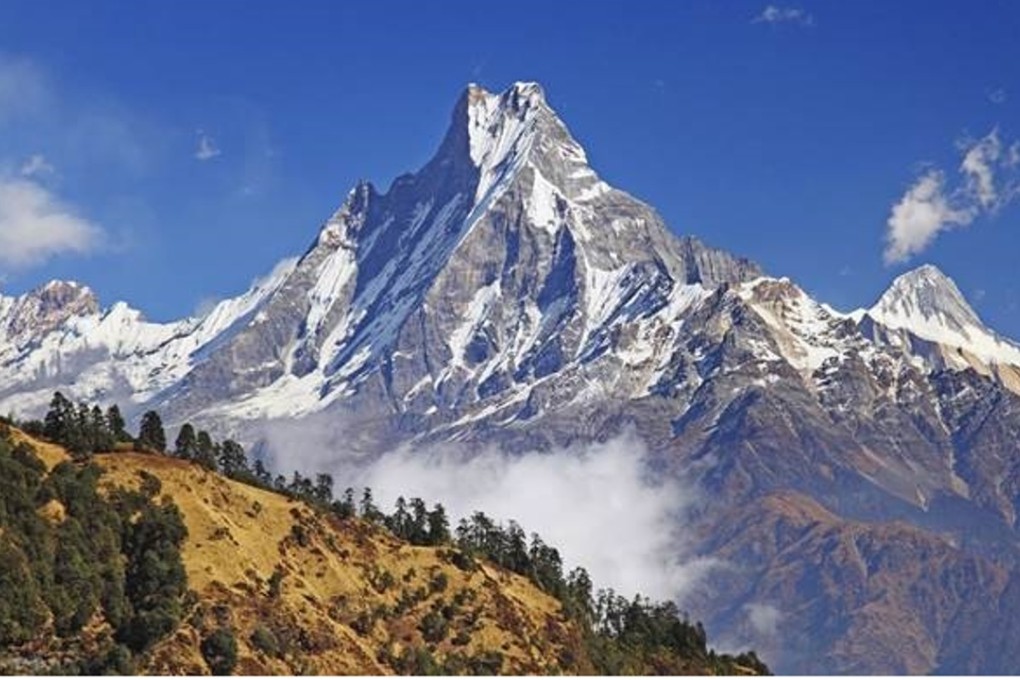Plants that can predict the weather? Scientists find them in Tibet - and they may have evolved to withstand climate change
Some grass species on Tibetan Plateau can tell when Indian monsoon is coming and go into self-defence mode, Sino-European team finds in breakthrough discovery

Scientists have for the first time discovered that certain plants possess sophisticated weather-forecasting abilities, a revelation that suggests they may be better equipped to deal with climate change than was previously thought, according to a joint study by Chinese and European researchers.
READ MORE: Global warming serving up drinks without ice for rapidly expanding ‘Monster Lake’ in Tibet, new study suggests
Dominant grass species such as bog sedge on the high mountains of Tibet can predict the occurrence of an Indian monsoon and make this known by unfolding their leaves before it hits, the study found.
“They seem to have a sophisticated weather-forecasting system. It’s quite amazing,” said Professor Luo Tianxiang at the Chinese Academy of Sciences’ Institute of Tibetan Plateau Research in Beijing.
Luo served as the lead scientist of the research team, which recently published its paper in the journal Scientific Reports.
VIEW: Luo’s team also conducted a seven-year experiment on a remote mountain slope in the Tibetan county of Damxung to test their theories
The Indian monsoon ranks as the world’s largest and most sophisticated monsoon system. During the hottest months of the year, it blows from the Indian Ocean to northeasterly regions, bringing a large amount of rainfall. But the dates of its arrival and duration vary from year to year.
Luo’s team analysed observational records from five scientific stations on the Tibetan plateau over the last two decades.
READ MORE: Gone with the wind? Gustier future in China may ease smog in big cities says Tibetan Plateau study
They also conducted a seven-year experiment on a remote mountain slope in Tibet’s Damxung county to test and prove their theories.
One area they were interested in investigating was whether a sudden jump in temperature would interfere with a plant’s biological clock. If so, this would confirm certain fears about the negative impact climate change can have on the ecosystem.